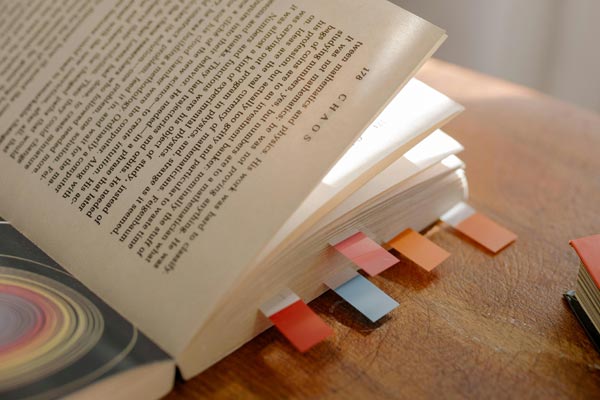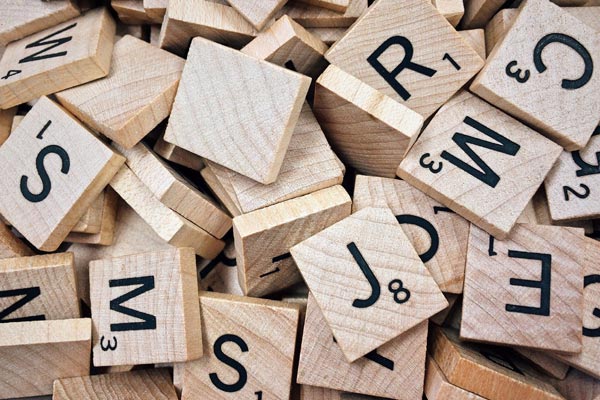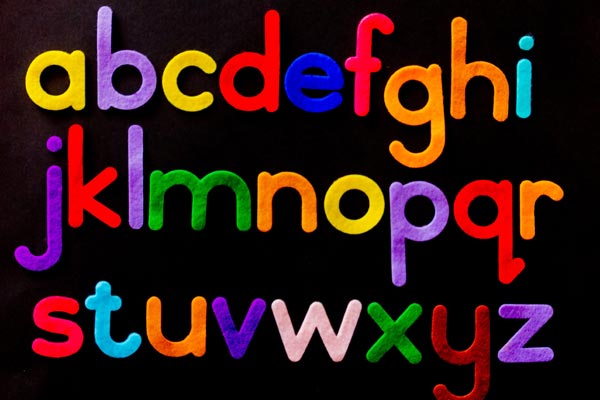2019年(全国3卷)
D
Monkeys seem to have a way with numbers.
A team of researchers trained three Rhesus monkeys to associate 26 clearly different symbols consisting of numbers and selective letters with 0-25 drops of water or juice as a reward. The researchers then tested how the monkeys combined—or added—the symbols to get the reward.
Here's how Harvard Medical School scientist Margaret Livingstone, who led the team, described the experiment: In their cages the monkeys were provided with touch screens. On one part of the screen, a symbol would appear, and on the other side two symbols inside a circle were shown. For example, the number 7 would flash on one side of the screen and the other end would have 9 and 8. If the monkeys touched the left side of the screen they would be rewarded with seven drops of water or juice; if they went for the circle, they would be rewarded with the sum of the numbers—17 in this example.
After running hundreds of tests, the researchers noted that the monkeys would go for the higher values more than half the time, indicating that they were performing a calculation, not just memorizing the value of each combination.
When the team examined the results of the experiment more closely, they noticed that the monkeys tended to underestimate(低估)a sum compared with a single symbol when the two were close in value—sometimes choosing, for example, a 13 over the sum of 8 and 6. The underestimation was systematic: When adding two numbers, the monkeys always paid attention to the larger of the two, and then added only a fraction(小部分)of the smaller number to it.
"This indicates that there is a certain way quantity is represented in their brains, "Dr. Livingstone says. “But in this experiment what they're doing is paying more attention to the big number than the little one.”
32. What did the researchers do to the monkeys before testing them?
A. They fed them. B. They named them.
C. They trained them. D. They measured them.
33. How did the monkeys get their reward in the experiment?
A. By drawing a circle. B. By touching a screen.
C. By watching videos. D. By mixing two drinks.
34. What did Livingstone's team find about the monkeys?
A. They could perform basic addition. B. They could understand simple words.
C. They could memorize numbers easily. D. They could hold their attention for long.
35. In which section of a newspaper may this text appear?
A. Entertainment. B. Health. C. Education. D. Science.
答案解析:
32. 根据文章第二段,"A team of researchers trained three Rhesus monkeys to associate 26 clearly different symbols...",研究人员在测试之前对猴子进行了训练。因此,选项C "They trained them."是正确的。
33. 文章第三段描述了实验过程,"If the monkeys touched the left side of the screen they would be rewarded...",说明猴子通过触摸屏幕来获得奖励。因此,选项B "By touching a screen."是正确的。
34. 文章第四段提到,"After running hundreds of tests, the researchers noted that the monkeys would go for the higher values more than half the time, indicating that they were performing a calculation...",这表明猴子能够进行基本的加法运算。因此,选项A "They could perform basic addition."是正确的。
35. 文章讨论的是一项科学实验,涉及动物行为和认知能力的研究,因此最有可能出现在报纸的科学版块。因此,选项D "Science."是正确的。








